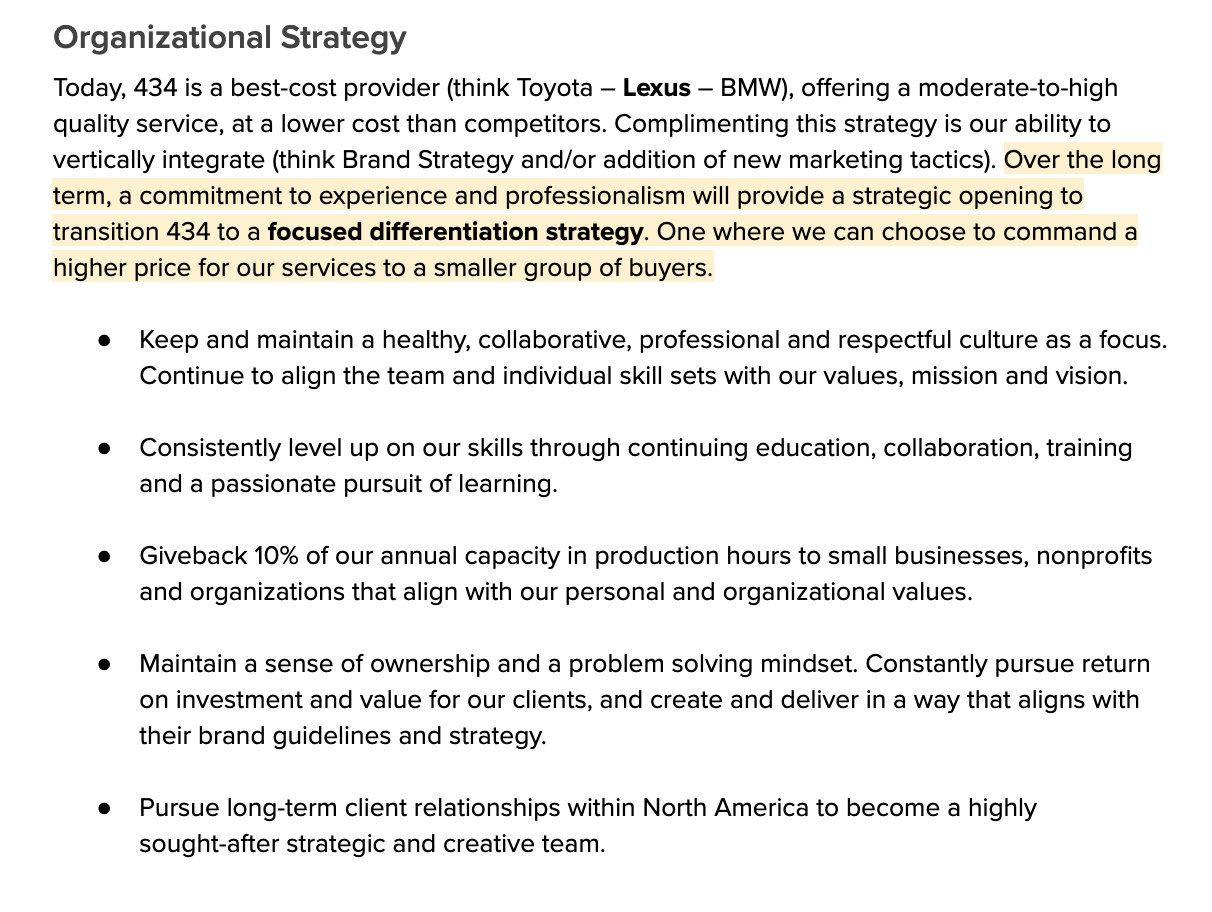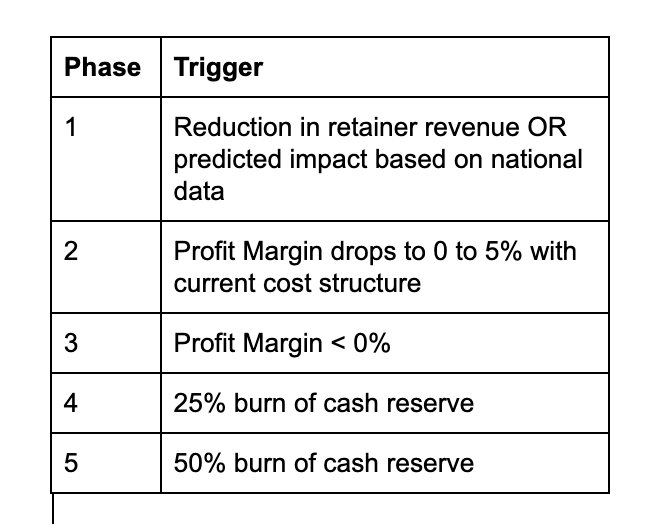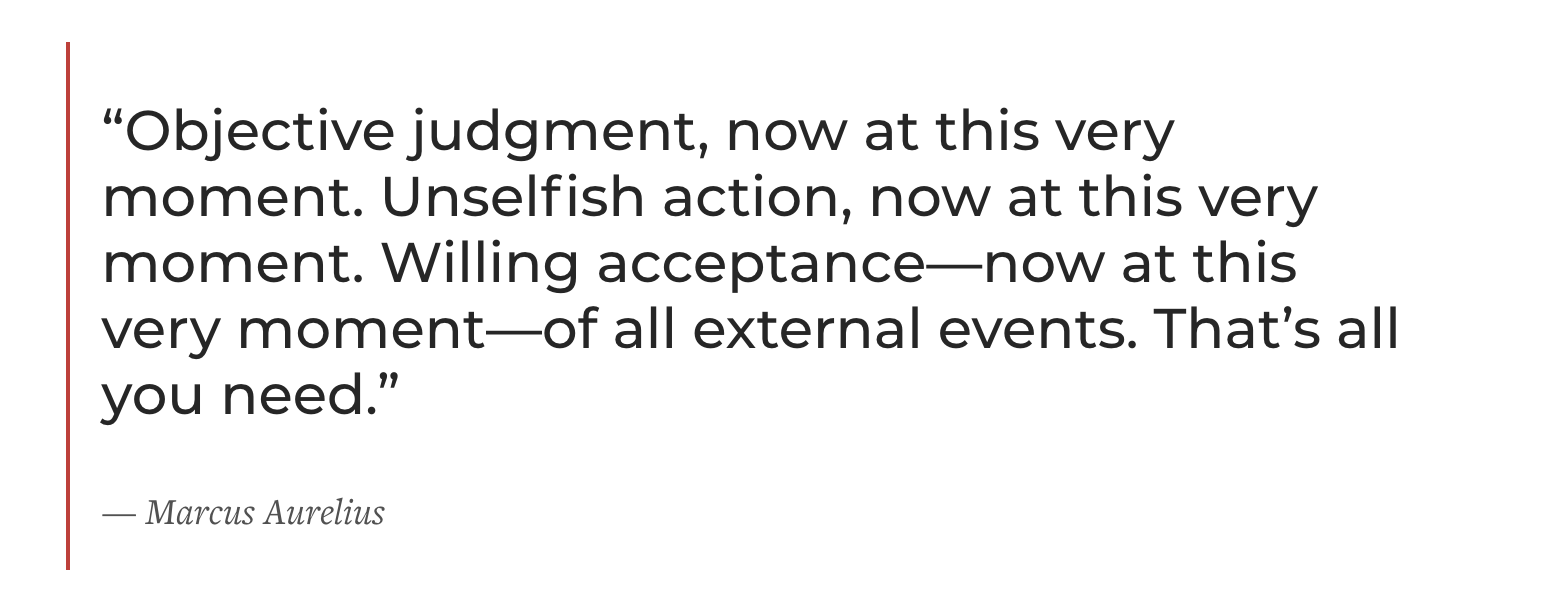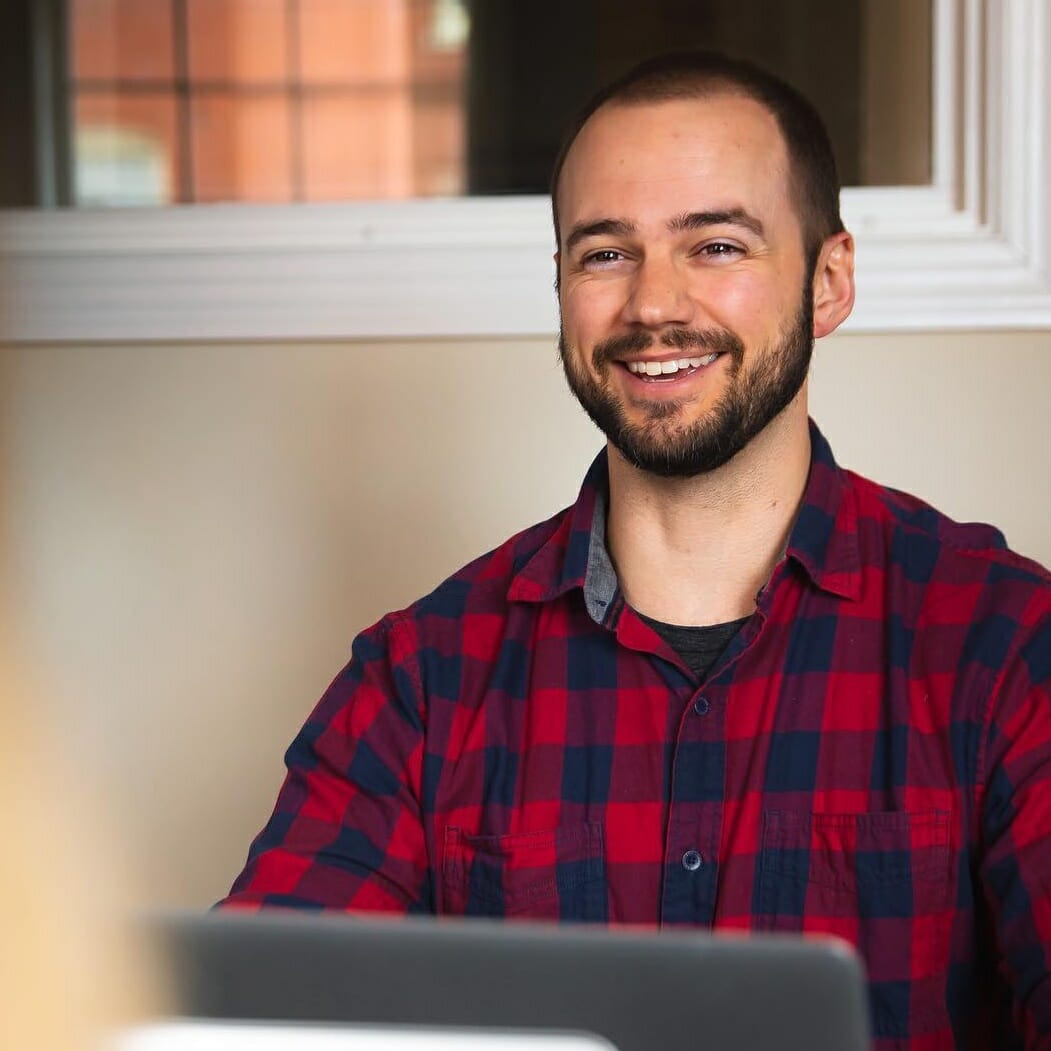Table of Contents
Intro The end, and the beginning Back to normal, or so I thought Something has got to give Time to get focused Fear of abandonment Panic and Migraines don’t mix well Breaking point Exodus But, at my lowest of low, I am not... Rebuilding Business Lessons Learned Mental Health Lessons LearnedIn a country obsessed with personal comfort, anything that disrupts our ability to control the “norm” is hard. Personally, I have always tried to lean into the uncomfortable and unknown. To allow it to shape me. But 2020, my 35th year around the sun, almost killed me. Literally.
Folks who know me, know I don’t like public attention, large crowds, or surface conversation. I tend to be quiet and reserved around most people. But at the suggestion of some friends, I wanted to share my story of 2020, as an encouragement to anyone who might be struggling with mental health or leading a business through a crisis. You are not alone.
Before I start, I want to be clear that what I have written below documents some of my mental health journey. If you struggle with depression, anxiety, or suicide, this article could be triggering and not worth the read.
Here we go.
The end, and the beginning
December 16, 2019 was magical. It was our annual company Christmas party. Surrounded by loved ones, we ate good food and danced in celebration after a hard-earned year.
At one point during the night, our entire team was in a circle, arms around shoulders, on the dance floor. We were singing and laughing as we celebrated a record-breaking year. Our team made a difference that year. We helped clients grow and we gave back to our community in a big way. We accomplished our mission.
As the night came to an end, I remember how proud I was of the team. Selfishly, I didn’t want it to change and admittedly, I was fearful of the growth ahead.
You see, before closing out 2019, we already had $1.25M in contracts for 2020. This would make 2020 the highest year in revenue 434 had ever had. It also meant that we had to grow our team. As a founder of a professional services organization, growth always freaked me out. What would that mean for our existing culture? How would this impact our existing clients?
In February, we onboarded three new team members to grow our roster to fourteen. This is where my internal battle began.
“You can’t do this.”
“You’re a fraud.”
“You don’t deserve this.”
“You will let this team down, again.”
Imposter syndrome and a fear of failure was the hidden jelly in the jelly-filled donut of “success.” I wore a mask, made a strategic plan with the team, and dug in even harder.
With the extra hours I was putting in, I got sloppy with my routine. I lost my daily prayer and mediation streak. I stopped exercising. I sought to focus on my work and lost sight of effectively managing my energy.
To recalibrate, I took a solo backpacking trip over a weekend. It was miserable as I slept hanging in a hammock on a mountainside in a nasty storm. The next morning I shuffled ten miles back to my car, exhausted and frustrated. So much for recalibration.
Then, Kobe Bryant and his daughter died.
Now, I’m not a huge basketball fan, but for a week I dwelled on the event. I was stuck on the existential “why” of a tragedy. I inspected NTSB photos of the crash and read their lengthy reports. I watched simulated re-enactments of the crash. Then it got personal. I thought about my wife and kids. It was only a few years ago that I watched my own daughter stop breathing in the PICU and be brought back to life. I thought about death. Then, all of a sudden, all 35 years of anxiety caught up to me.
“Jen, you don’t understand, my brain is broken. I’m going crazy. My arms are tingling. My chest hurts. I think I am having a heart attack.”
These outward expressions were only the tip of the iceberg as I frantically talked to my wife on the phone.
Inside, I was in a dark, dark place.
I remember thinking, if this is the “new” me, I won’t be able to function as a husband or dad. I’ll be worthless as a business leader. I will bring everyone down with me. That would be too much for everyone I care about, so maybe I should just end it.
The thought of suicide was new for me. It scared me. And for the next 48 hours, I had waves of panic attacks, experiencing what my doctor would later define as a Nervous Breakdown.
The week that followed was hard. I couldn’t function normally. I felt trapped behind glass. I had episodes of derealization. I was lethargic. I couldn’t drive a car. I could barely remember where things were in the kitchen or how to make coffee.
Back to normal, or so I thought
After a week and a half, I started to regain some brainpower. My doctor described other patients that had similar episodes due to overworking. She went deeper and urged me to take this seriously. She had seen folks who never came back from bad nervous breakdowns and she could tell I was there. It was here I started to take meds for anxiety.
Over time, I felt more normal. I restarted therapy too and became diligent with taking time to myself. It was clear I needed to keep some distance between myself and work obligations. But, that is a double edge sword when you are a business owner.
Little did I know, in a few months a global pandemic would call me into the most challenging period of time in my career.
When it was clear COVID would have an impact on 434, I got clinical. First, I developed the Critical Path to follow as we hit negative triggers. I assumed clients would cancel contracts. Yet my sole focus and goal was to keep the team intact for as long as possible. As an Enneagram Six, I had been waiting for a crisis to emerge for years. In turn, I had established lines of credit and a three-month supply of cash to cover three months of expenses.
Next, with a risk mitigation plan in place and alternate scenarios developed, came transitioning our team to remote work. As a creative organization, we were used to collaborating at the office. Some of us, including myself, enjoyed having space to ourselves. But, once the novelty of working remote wore off, and COVID tightened its grip on “normal,” 434’s culture shifted.
Starring through the screen during team huddles, I could see the individual challenges and battles taking place amongst each team member. To counterbalance the impact, we played virtual games, I sent regular video recordings to provide company statuses, I even covered the cost of therapy and encouraged the team to make use of it.
It was hard for us all––but we kept moving.
By the end of April, the revenue reduction was glaring. We had lost ($280k) 27% of our contracted revenue as major retainer clients put their contracts on hold. Fortunately, PPP was introduced covering eight weeks of payroll.
As we continued down the Critical Path I developed at the start of the pandemic, I cut my salary forcing my wife to get back into the workforce so we could cover our personal bills. I was determined to keep every team member’s salary intact (in fact, we gave promotions and raises during this time). I was also quiet about my decision to cut my pay, as I felt strongly this was my duty as a leader.
Something has got to give
For three years straight, we received an average of seven leads per month. This was like clockwork and something I relied on to grow 434 well. In fact, 25% of those leads became customers.
By May, we had received 5 Leads––for the year.
This is when I started to realize that the impact of COVID was going to be much longer than I anticipated. That we needed to think about what was most valuable offering to our existing clients, get focused, and start selling that.
You see, for years I had operated flexibly. Our mission of “To demonstrate our passion for others and for our crafts, by furthering the mission of each client we serve” allowed for shifts in the vision––how we would accomplish our mission. In fact, you can see this spelled out in our then, Organizational Strategy:

But, in May of 2020, 434 was forced to become focused. To me, this is where the friction began amongst my team.
Time to get focused
I’ve always been a team guy. I can lead and I can follow. At the end of 2019, I invited five of our senior team members to join the Strategic Planning Committee. We met regularly and set strategic objectives for the coming year. Everyone was heard and we developed a solid 2020 Strategic Plan.
When COVID hit the scene, I sheltered the entire team for as long as possible, including the Strategic Planning Committee. But, when leads dropped off and a financial cliff was ahead, I had to engage them.
Honestly, I should have done it sooner.
Knowing we needed to get focused and start selling, I spent a week developing a plan. I presented it to our Marketing Director, took feedback, and made a few changes. But, when this was presented to the entire Strategic Planning Committee, it was shot down. Hard.
To be honest, I flipped out.
My mission was to save jobs. To keep the team whole. But now the team was putting limitations on how we did that. And it was unnerving.
I cooled down and took some time to think about the feedback. I tried to put myself in their shoes. This year had asked for a lot of change, unwanted change, and here I was asking for more.
I apologized for my visible frustration a few days later. But, we still needed a solution to a growing problem. What should we focus on and how would we implement it?
On June 28, 2020, I laid it all out in a letter to the Strategic Planning Committee. The letter was brutally honest. It needed to be. We needed organizational change and I needed the commitment of those who were willing to tough it out. You can see that letter here.
Fear of abandonment
Business owners are human, and just like everyone else, we bring our personal fears and faults with us, even if we try to mask them. For me, I was adopted. The last name I proudly adorn today was not passed down from my birth father––because he abandoned my mother and me.
This has resulted in a strong fear of abandonment. A fear that has tainted many of my relationships. It results in me owning 100% of a relationship, where I should normally own 50%.
“Not only can I make them love me, I must.”
And, as a leader in 2020, this dysfunction was exhausting and it nearly killed me.
Panic and Migraines don’t mix well
On July 22, 2020, after signing off from a tense client call, I had a full-blown migraine. Some people get migraines they can sleep off or ignore. Unfortunately for me, I projectile vomit from the pain, light sensitivity, and dizziness. To make matters worse, my fight-or-flight response kicked in that day, causing a panic attack.
I called Jen and told her to come to get me, as that day I decided to work from the office. When she arrived, I was in a full panic mode, sitting next to the toilet, crying, and convinced I was going to die. After the round of panic attacks earlier in the year, the doctor had prescribed a “parachute” (Xanex).
The only problem, I refused to take it.
On the way to get me, Jen had called my doctor, who was now giving stern orders to Jen. What the doctor didn’t realize was that she was on speakerphone and I could hear her. She said, “Jen, get him to the car and try to convince him to take the meds. At this point, you have to get him to the hospital immediately. I’m concerned he is going to have a heart attack.”
Breaking point
I did not have a heart attack on July 22. My doctor said I was fortunate but really laid it out a few days later. She was afraid that if I continued operating under so much stress, it may cause significant damage, or worse. I needed to make a permanent change to my lifestyle.
On Monday, July 27, I shared what happened with the team in our morning huddle, as I knew several team members had been at the office and were eyewitnesses to my panic attack. I wanted them to know I was OK, but needed to take some time to rest.
At this point, a lot weighed in the balance. I had to make a call that was best for my health, but that meant stepping away from 434. How could I do that?
Jen and I put our heads together. Over the years, I had successfully extracted myself from daily production and felt the team could handle our existing client base without me.
What I really needed was to step away from what I call “routine expectations.” For example, all the daily huddles, team member questions, and one-on-ones. We had the management structure in place, so I gave it a shot.
A week later, it was clear this plan was not going to work. My management team was frustrated and felt unequipped for the responsibility. I began to fear my management team’s reaction would be the downfall of 434.
So, I got back to work.
Exodus
The week of August 10, 2020 was unexpected, amongst a year of unexpected. That week, three of the five Strategic Planning Committee team members resigned.
With each resignation, I felt more numb. I was not angry at them. “The fish stinks from the head,” I said, and I took full accountability. I had failed in a big way.
I’ll never forget the first huddle once the last of the resignees were gone. I could see anger, hurt, fear, and an overall lack of trust in 434. A lack of trust in me.
Big decisions lay ahead too. We did not have enough account management capacity to handle the workload. So this meant we had to let go of clients and take another hit to our revenue.
It was at this point, I thought about closing down 434 and giving up. My health was at an all-time low, the team was fragmented, and we didn’t have a solid plan for getting focused.
But, at my lowest of low, I am not…
My favorite artist is the late, DMX. Sounds nuts, I know, but I have learned so much from his rawness and I can relate to some of his childhood pain. At the start of one of his early releases, Slippin’, he quotes Friedrich Nietzsche.
“To live is to suffer, to survive is to find some meaning in the suffering.”
At arguably one of my lowest points in life, I had a choice. I could have quit and taken a job. And man, that looked so comforting. But I have always tried to lean into the uncomfortable. And in a year of unknown and suffering, I made a decision for no one else, but myself.
I decided to press in further and go harder than I ever had before.
Rebuilding
There has been a lot of hard work done since September 2020. I owe a lot to a strong spouse and a supportive team. Here are a few of the highlights so far:
- We hired an excellent HR consultant to help our team sort through our cultural issues and begin to trust one another again – we are getting better every day!
- We defined our focus: Content Marketing & SEO for B2B organization
- We took ten years of learning and what works, and integrated that into an official 70 step Content Marketing playbook
- We’ve built a 100 page SOP and are working on the official 434 Training Course
- We landed our first six-figure Content Marketing account
- We relaunched our messaging, content, and website
- We have driven more growth for our clients than any year before and have a perfect 100 NPS score from January 2021 through now
- We launched a bonus profit share program
- We’ve gone remote-first
- We have a monthly team day
- We’ve stayed humble, challenged one another, and have had fun
Business Lessons Learned
Finding a focus for your business is imperative.
In business school, I always felt like Mission and Vision were arbitrary and lacked purpose. I mean, how can you define so much (a business) with so little (a few paragraphs). But, that was a naive perspective. After a decade, I have realized those few paragraphs are the central nervous system of your organization. Your mission is why you wake up every morning and your vision points that “why” into a focus. And, it’s with that focus you *should* make your strategic decisions.
Risk Mitigation should be part of your planning.
I may be too risk-averse at times, but without prior planning, COVID would have completely taken us out. I find the most effective way to conduct risk mitigation planning is to run scenarios through your Cash Budget and document the assumptions. I reduce top-line (Revenue) to a trigger. Then, I use those triggers to produce my scenarios. For example, as revenue recedes, when my profit margin drops between 0 to 5% with the current load of expenses, what then? Then the planning begins and I document assumptions based on how I would respond to that exact scenario.
Here are the triggers from our Critical Path when COVID hit the scene:

Team alignment with Core Values is essential.
COVID taught me it is imperative to have corporate alignment on Core Values. Several of the team members who resigned stated they no longer held alignment with the same company core values, which was the reasoning behind why they chose to leave.
As a big believer in Jim Collins’ bus seat analogy, the “who” is critical and if they do not align with your organization’s values, they should get off the bus. As Collins says, “First, if you begin with “who,” rather than “what,” you can more easily adapt to a changing world. If people join the bus primarily because of where it is going, what happens if you get ten miles down the road and you need to change direction? You’ve got a problem.”
COVID presented a massive problem for all organizations and people. The companies I know that survived with excellence, had a team that was willing to adapt and solve the problem. They were not concerned with where the bus was heading, rather the people on it.
Mental Health Lessons Learned
Be open about your mental health, it’s not a weakness.
This hasn’t been a fun article to write. Talking vulnerably about my mental health battle is not easy. But, if there is one thing I know, entrepreneurs tend to wear a mask to appear strong. I know I did. So here is an entrepreneur telling you don’t have to wear that mask behind closed doors. Find a therapist– talk it out. It will make you a better leader and a more healthy contributor to society.
Accept suffering and the uncomfortable as part of the process.
I have spent years managing the ups and downs of running a business. As a worrier, I’ve always made plans for the worst, expecting doomsday to show up. But in reflection of 2020, I agree more with what a mentor once said to, “it’s not as good as you think it is, and it’s not as bad as you think it is.” My aim now is to relinquish the notion I control the future by over planning and remain objective. Meaning, planning is vital, but the suffering in the emotional uncomfort needs to change. This quote from Marcus Aurelius, a Stoic I have enjoyed reading, sat on my desk throughout 2020. It sums my point well.

Boundaries are key––only own 50% of any relationship.
For me, it’s uncomfortable to think about being abandoned, but I am determined to use that feeling as fuel to be better. It was wrong of me to try and manage 100% of a relationship. It was wrong because it stems from fear and a desire to control. To find comfort. But none of that is healthy. Healthy personal and work relationships are built on balance. Especially when it comes to a team member or client. You have to trust that the opposite party will uphold their 50%, and when they don’t, avoid trying to own it for them.

